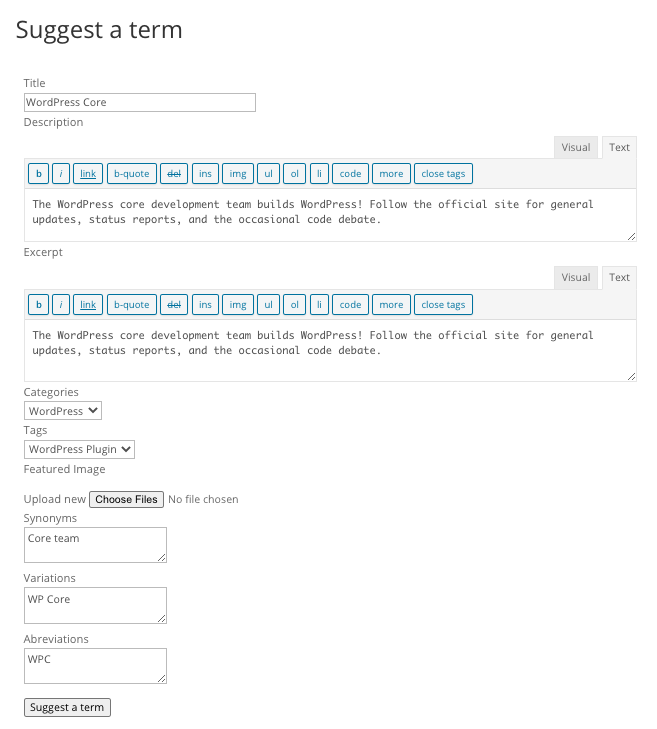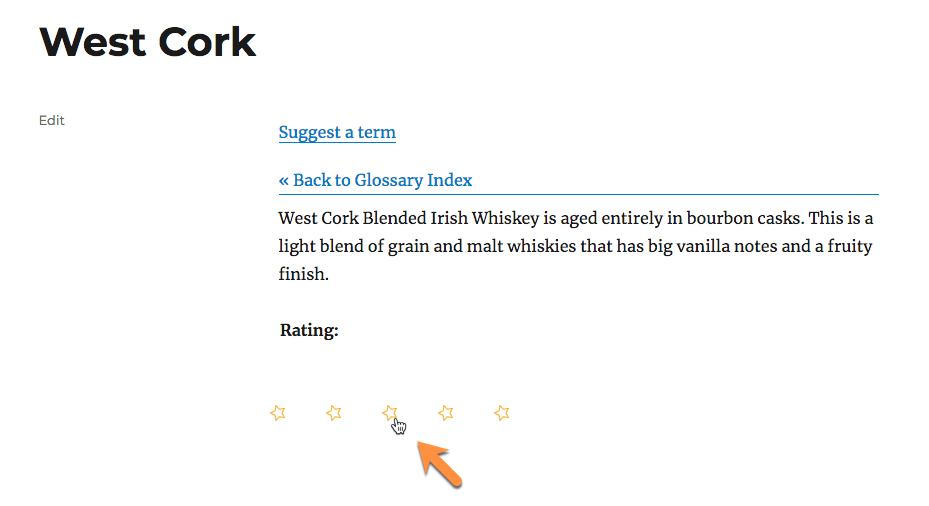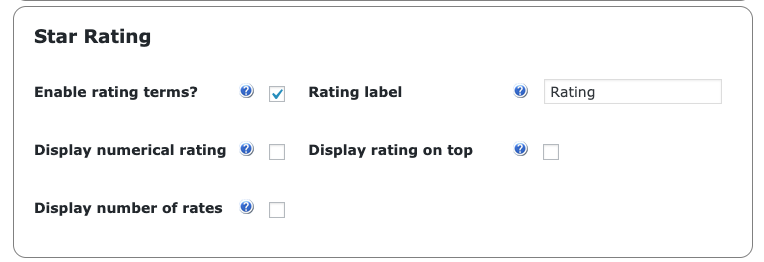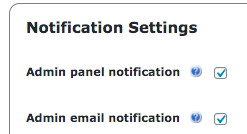WordPress Glossary Plugin (CMTG) + Community Terms (CMTCT) - Use Case - Creating Collaborative Glossary With User Suggestions
Use Case - Creating Collaborative Glossary With User Suggestions
Note: This use case require these products to be activated:
- WordPress Glossary plugin (Pro, Pro+ or eCommerce) - This document uses eCommerce version 3.9.8
- Glossary Community Terms Submission Add-On
Introduction
The Glossary Community Terms Submission add-On allows users to suggest terms to your glossary.
Video Tutorial
Collaborative Glossary Use Case Front-End

Use Case Assumptions
In this example use case guide, we'll cover how to enable suggestions.
We consider that you have already bought the add-on, but not installed it. The WordPress Glossary plugin is used as a base plugin.
It follows:
- Installing the add-on
- Enabling suggestions
- Moderating suggestions
- Configuring the suggest form and the dashboard
- Enable star ratings
- Enabling reCAPTCHA
- Enabling notifications for new suggestions
- Translating the plugin interface
Installing the Add-on
The process is the same for all CM plugins.

- Download the plugin from your customer dashboard.
- Log in to WordPress and navigate to the WordPress Admin → Plugins settings.
- Click on Add New.
- Activate it and add the license.
Enabling Suggestions
With the add-on is ready to go, it's time to start enable suggestions. Head to settings and click on the Community Terms tab.
Note that most of the settings in this article are in this tab.

In Moderation Settings, check who can suggest terms and view Dashboard in Who can add terms box.

Example
Now, when accessing the glossary, users will see the link to the suggest form.

Moderation
Also in this section, you can choose to moderate or not suggestions and if terms in moderation are shown in the dashboard.

Configuring the Suggest Form and Dashboard
Let's see how users can suggest terms.
Suggest Form and Dashboard
Suggest Form
You can add this form anywhere with the shortcode [community_terms_form] .

Dashboard
The dashboard lets users manage their terms and shows if any is still waiting for moderation.
You can add the dashboard anywhere with the shortcode [terms_dashboard] .

Learn more: Shortcodes
Still in the same tab, check the Suggest Term Form section.

Here, we can configure both the form and the dashboard.
- Page ID - Write down the ID of the page in the
[community_terms_form]shortcode. - Allow user to delete terms - Enable or disable deleting terms in Dashboard.
- Allow user to edit terms - Enable or disable editing terms in Dashboard.
- Allow anonymous users to add terms without specifying email address - If enabled, users will not be asked for their email address when suggesting terms.
- Disable WP Editor - If you would like use the simple editor to allow only text, check this option.
- Labels
- Link text - Label for Suggest Term link.
- Label: Modification Date column.
- Label: Edit column.
- Label: Title column.
- Label: Create Date column.
- Label: Delete column.
Enriching the Form
By default, the form only shows title and description.
We can also enable these fields in the form:
- Excerpt
- Tags
- Image
- Synonyms
- Variations
- Abbreviations
Complete form:

To do so check the labels settings. Each of the aforementioned field has two options: enable/disable and label.

Learn more: Settings - Suggest Term Form
Enable Star Ratings
The basic settings are complete. Now it's time to improve functionalities. Star ratings allow users to rate each term (no matter who created them).
Example

Enabling Term Star Ratings
Scroll down to the Star Ratings section. Enable the star rating feature by checking the box.

You can also configure:
- Rating label - Write down a different label if you would like to translate it
- Display numerical rating - Displays ratings as numbers
- Display rating on top - Displays ratings on the top of the term page, instead of the bottom
- Display number of rates - Show how many people rated
Learn more: Term Star Ratings
Enabling reCAPTCHA
Learn how to implement ReCaptcha in your website: reCaptcha guide.
To make the site more secure, it's important to turn on reCAPTCHA (especially if guest users can suggest terms).
Under Form Settings,

Show Captcha - Enable or disable Captcha for suggesting term form.

Example of the captcha
Learn more: Settings - Form Settings
Email Notifications
Email notifications are useful to get your users up to speed.
The site admin can configure notifications for:
- When new terms are added by site users (via email) Accepts the placeholder [term], which is replaced by the term
- When new terms are added by users (as admin panel notifications)
- When the admin approves or disapproves a new user added notification (sent to the user) Accepts the placeholders:
- [term], which is replaced by the term
- [old], the old status (e.g. pending)
- [new] the new status (e.g. publish)
All is done from the Notification Settings section.

Example
Check examples of the email messages
Sample Admin email

Sample user email
Highlighted is the placeholder [old], which was replaced to pending.

Learn more: Settings - Notification Settings
Translating Interface
If your site is not in English, that's ok. You can translate the Front-End text (also called labels).
The dashboard labels are controlled from Suggest Term Form section.
The other labels (around 40 labels) are in the Labels section.
Settings
Head to the Labels section to edit all relevant text.

Learn more: Settings - Labels
 |
More information about the Glossary Community Terms add-on for WordPress Other WordPress products can be found at CreativeMinds WordPress Store |
 |
Let us know how we can Improve this Product Documentation Page To open a Support Ticket visit our support center |

